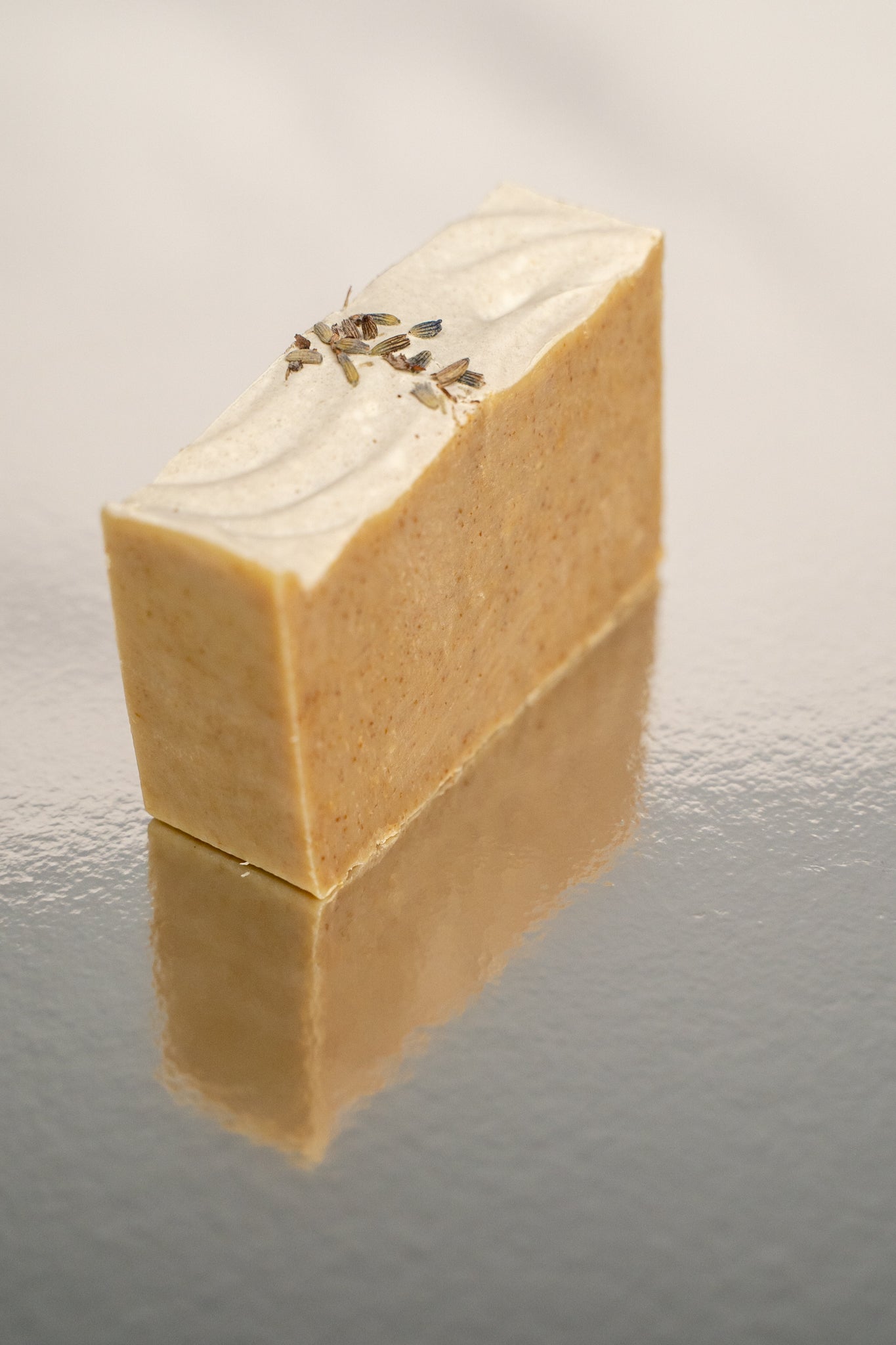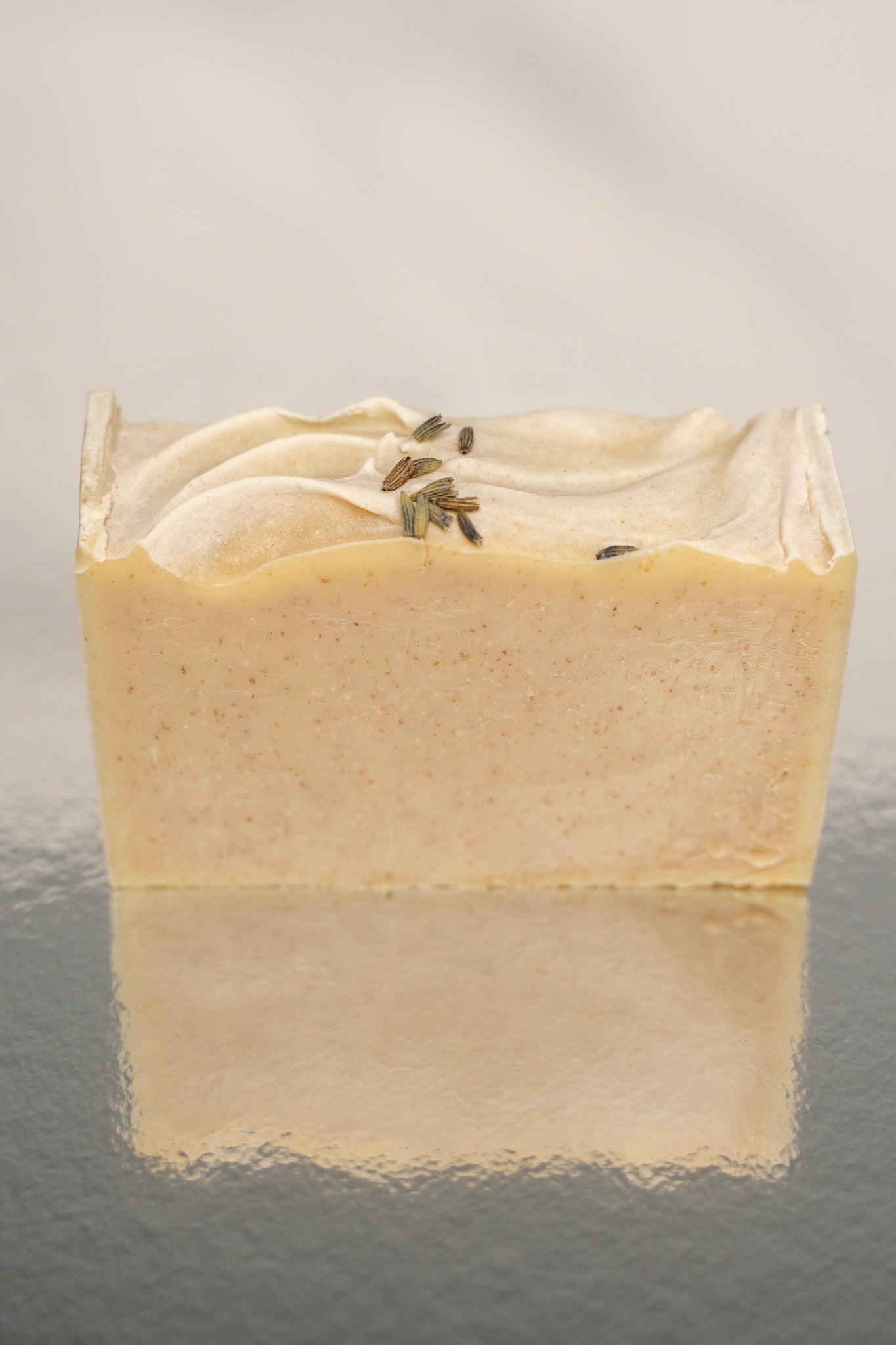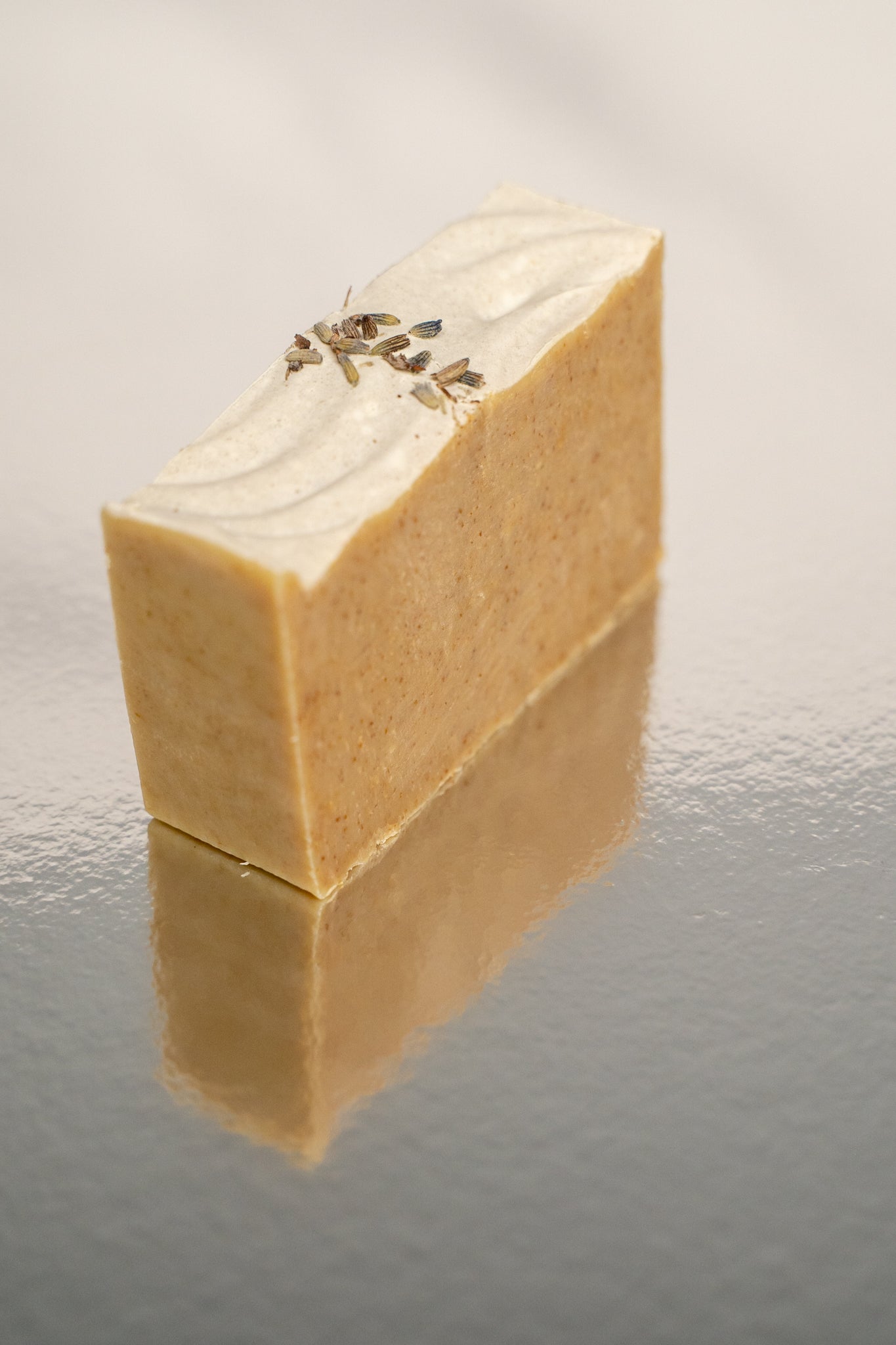Melanin manifests in diverse forms across nature, ranging from fungi to our spinal fluid.
But in the context of skin, melanin is a natural pigment that exists within our skin cells, that gives us all our unique hue. Did you know that there are two types of melanin that exist in the skin? Eumelanin and pheomelanin.

Eumelanin is the type of melanin responsible for brown to black shades in our skin, hair and eyes. It is produced by specialized cells called melanocytes. Remember we talked about melanocytes in our 'Got Dark Spots?' blog. Eumelanin provides natural protection against UV radiation by absorbing and scattering harmful rays. Individuals with higher levels of eumelanin generally have darker skin tones, but this does not a pass to avoid using SPF!

You are still susceptible to sun damage and skin cancer! Understanding the role of eumelanin helps us address the specific needs and challenges faced by individuals with darker skin tones, such as hyperpigmentation.
Pheomelanin is another type of melanin that contributes to red and yellow tones in our skin, hair, and eyes. It is produced by melanocytes, just like eumelanin. Unlike eumelanin, pheomelanin does not provide as much protection against UV radiation. People with higher levels of pheomelanin tend to have lighter skin and are more prone to sunburn and sun damage. They may also have a higher risk of developing skin cancer.

It's crucial for individuals with higher pheomelanin levels to be diligent about sun protection, including wearing sunscreen and seeking shade.
Embracing the distinctive qualities of both eumelanin and pheomelanin, and adopting inclusive skincare practices, allows us to enhance overall skin health and meet the diverse needs of various skin tones and types.
Shop our skincare collection











